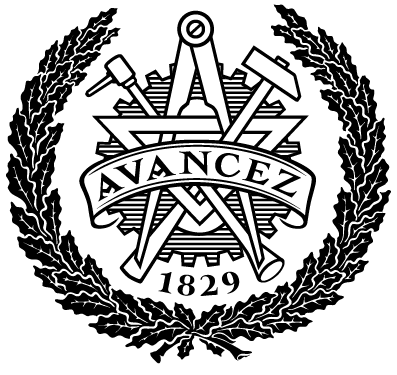Testing of a new aftertreatment system for lean burn direct injected gasoline engines
Ladda ner
Publicerad
Författare
Typ
Examensarbete för masterexamen
Master Thesis
Master Thesis
Program
Modellbyggare
Tidskriftstitel
ISSN
Volymtitel
Utgivare
Sammanfattning
A gasoline direct injected engine operating under lean conditions can offer a reduction in fuel consumption and a reduction of CO2 emissions but meanwhile suffer from high levels of tailpipe NOx emissions. A new way of reducing NOx emissions in a lean burn gasoline engine is by using an ordinary three way catalyst (TWC) together with a selective catalytic reduction (SCR) catalyst, a passive SCR concept. The basic idea of this concept is that ammonia could be formed over the TWC by operating the engine rich during short amounts of time. The produced ammonia can then be stored in the SCR catalyst further down the exhaust system. When the engine switches into lean operation the stored ammonia is then used to reduce the engine out NOx emissions over the SCR catalyst. The purpose of this master thesis was to investigate if the passive SCR concept is a possible exhaust aftertreatment system to reduce tailpipe NOx emissions for gasoline lean burn engines. This project was performed in an engine test cell at Chalmers University of Technology and was carried out experimentally. The intention was to investigate how much ammonia that could be formed over the TWC, if ammonia were stored on the SCR catalyst bed and if NOx was reduced over the SCR catalyst. To conclude, the passive SCR concept is a possible exhaust aftertreatment system. Ammonia was formed over the TWC by operating rich. It was noticed that lambda, engine load and rich cycle duration affected the amount of ammonia formed at steady state conditions. The major drawback was that when ammonia was formed increased concentrations of CO was detected post the TWC. As for the SCR catalyst it was concluded that it was temperature dependent. It was noticed that there was a tradeoff between ammonia storage capacity and NOx reduction efficiency. Increased temperature promoted NOx reduction efficiency and demoted ammonia storage capacity.
Beskrivning
Ämne/nyckelord
Hållbar utveckling, Transport, Teknisk mekanik, Sustainable Development, Transport, Applied Mechanics
